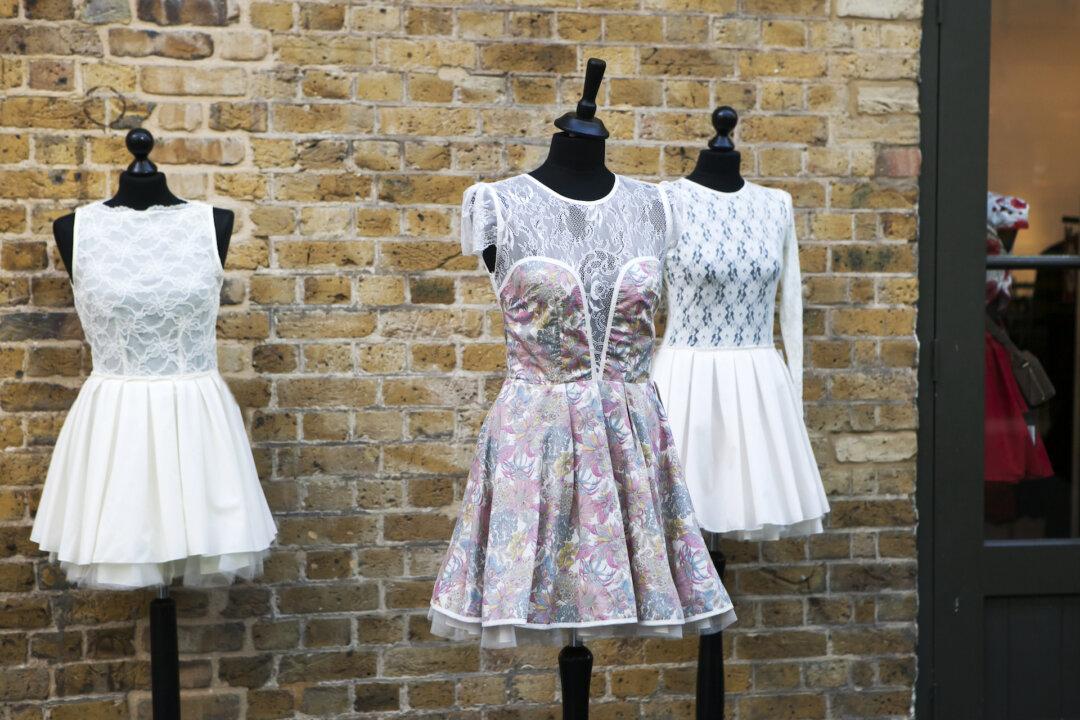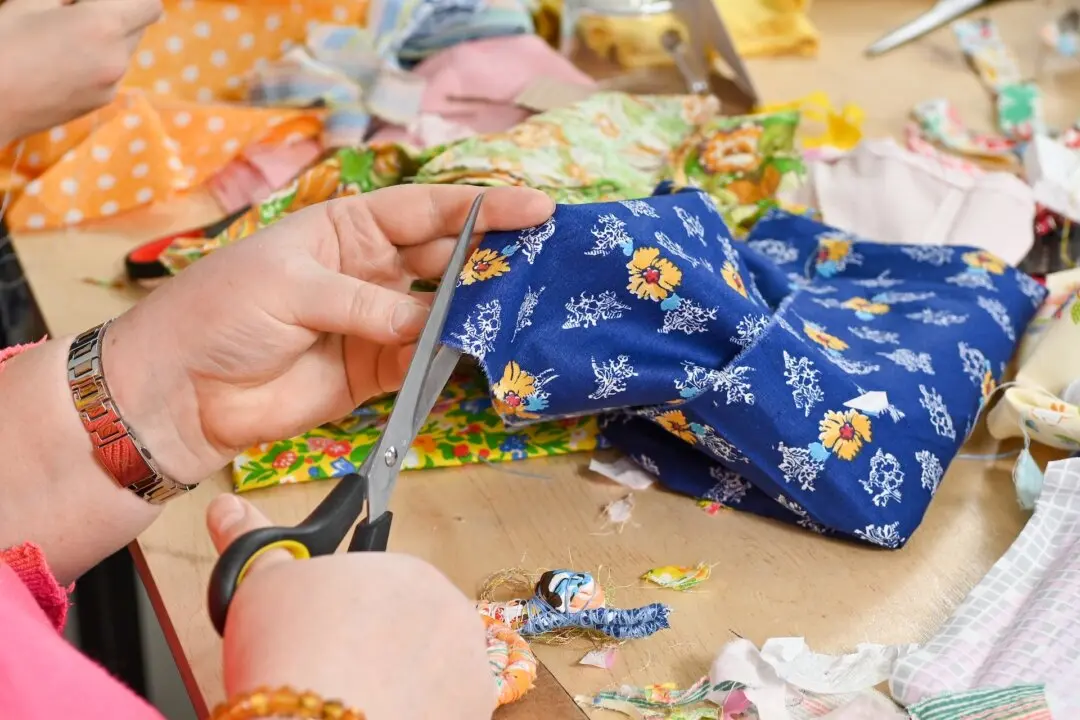Everything I know about buying and selling clothes on consignment I owe to my friend Kathleen, a remarkably well-dressed woman. She shops for clothing exclusively in consignment stores, but only those that are located in upscale areas. And boy, can she dress!
Kathleen is a consignment seller, too. In fact, I’ve known her to buy an outfit from one of her favorite consignment stores for some special occasion, then turn around and sell it back into consignment to another of her favorite shops the next week—often for more than she bought it. See what I mean? She’s very clever.





